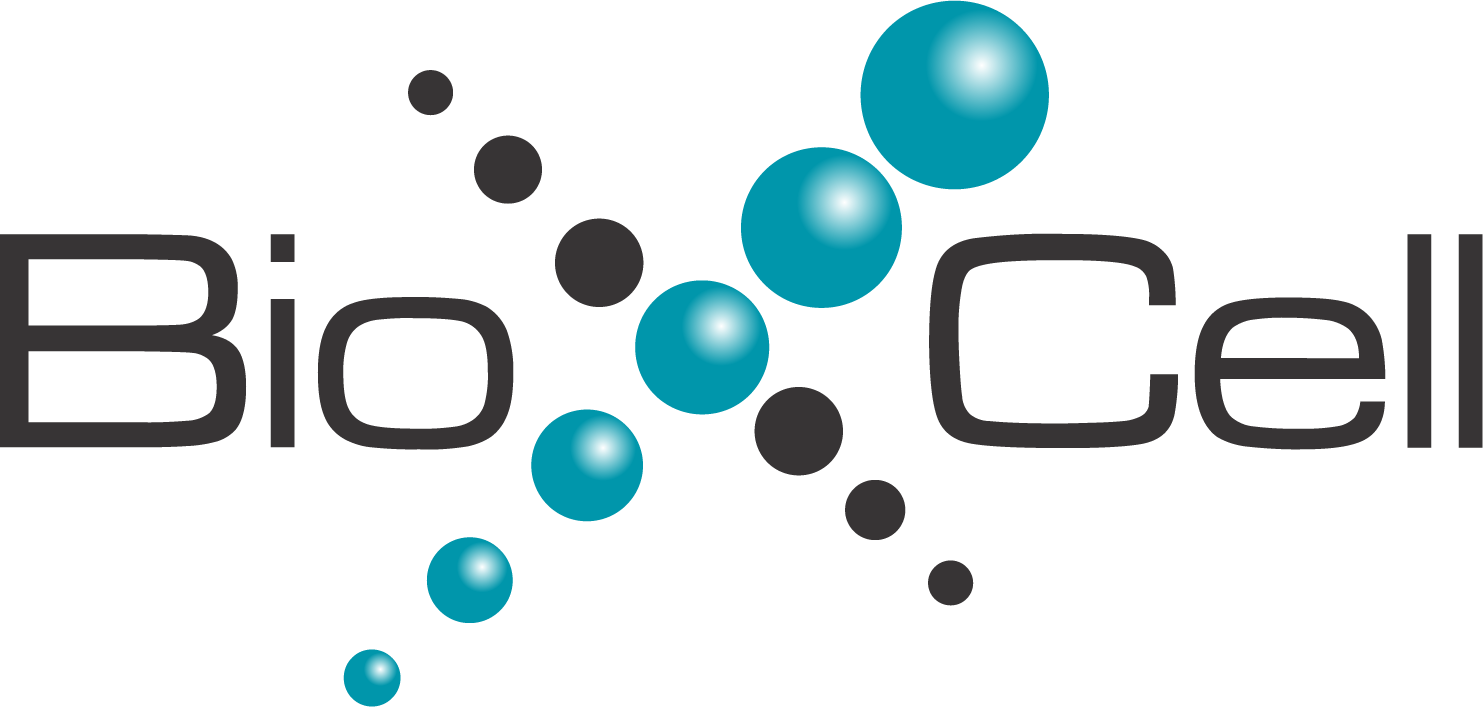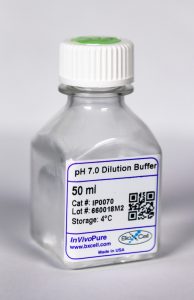InVivoMAb anti-mouse NKG2A/C/E
The 20D5 monoclonal antibody reacts with mouse NKG2A, NKG2C, and NKG2E also known as CD159a, CD159c, and CD159e respectively. The NKG2 receptors belong to a family of C-type lectin-like receptors that form heterodimers with CD94. NKG2/CD94 heterodimeric complexes are primarily expressed on NK cells and NKT cells. NKG2 receptors are also expressed on CD8+ T cells activated in vivo read more...
This Antibody Is Useful For:
- in vivo NKG2A blockade* (see description for details)
- in vitro NKG2A blockade
- Immunohistochemistry (frozen)
- Flow cytometry
As always Bio X Cell antibodies are specifically formulated for in vivo use and feature:
- 95% purity
- Ultra-low endotoxin levels
- Preservative, stabilizer, and carrier protein-free
Read how other researchers utilized a recombinant version of the 20D5 antibody
A Novel Immune Checkpoint Inhibitor Anti-NKG2A Antibody Promotes Anti-Tumor Immunity by Unleashing Both T and NK Cells
Immune checkpoint inhibitors, in particular anti-PD-1/L1, have revolutionized cancer treatment over the past decade, providing long-lasting benefits. However, only a subset of patients respond favorably to PD-1/L1 blockade. One of the biggest challenges of immunotherapy is overcoming anti-PD-1/L1 resistance by targeting new immune checkpoints and mastering therapeutic read more...
Recommended Control:
InVivoMAb rat IgG2a isotype control, anti-trinitrophenol
- The 2A3 monoclonal antibody reacts with trinitrophenol. Because trinitrophenol is not expressed by mammals this antibody is ideal for use as an isotype-matched control for rat IgG2a antibodies in most in vivo and in vitro applications.
Recommended Buffer:
InVivoPure pH 7.0 Dilution Buffer
- InVivoPure™ dilution buffers are specifically formulated and tested to satisfy the stringent requirements for in vivo applications. They are extremely low in endotoxin, have been screened for murine pathogens, tested in animal models for toxicity and are formulated with respect to buffer composition and pH to satisfy the requirements of Bio X Cell’s antibodies.



